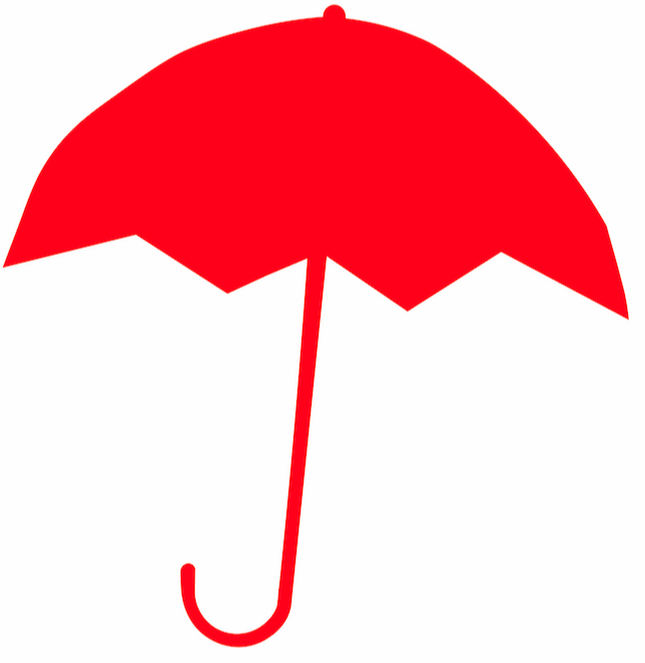|
Rain Follows the Plow director Laura Leffler-McCabe considers the stage directions in Rachel Nelson’s script, along with a few famous ones. She talks with Rachel, and Rain actor Tanner Curl, about how playwrights communicate through those passages in italics. “Exeunt, followed by a bear” is probably the most famous stage direction in all of theatrical literature (thank you, Shakespeare). And when I read the first full draft of Rain Follows the Plow, it was one of many that popped into mind. Actually, the first was Antonin Artaud’s stage directions from Jet of Blood:  Silence. There is a noise as if an immense wheel were turning and moving the air. A hurricane separates them. At the same time, two Stars are seen colliding and from them fall a series of legs of living flesh with feet, hands, scalps, masks, colonnades, porticos, temples, alembics, falling more and more slowly, as if falling in a vacuum: then three scorpions one after another and finally a frog and a beetle which come to rest with desperate slowness, vomit-inducing slowness. How on earth do you stage that?!? Then my mind jumped to Sarah Kane’s Cleansed, where “a sunflower bursts from the floor and grows above their heads” and also, “he takes Carl by the arms and cuts off his hands... Carl tries to pick his hands - he can’t, he has no hands.” Both Artaud’s and Kane’s imagination-prodding directions remind me a little of what our own playwright, Rachel, is playing with in Rain Follows the Plow, though with less vomit and violence. For a moment, the sky falls in. The cosmos pulse down at him. Eventually, equilibrium is restored. By the skin of his/our teeth. Gorgeous, no? Ingrid is in the dusty remains of the garden. It is unfolding around her in shadows and imaginings. She kneels in the grit, pulls odd things out of the ground. A flag. A donut. One tiny baby shoe. She takes a bite of the donut, chews thoughtfully. Evocative. Troubling. Deeply interesting. And I’m supposed to stage this play. Wha? How? Huh? So I spoke with Rachel - and Tanner, who’s playing Clarence in the piece - and asked them a bit about stage directions and what they mean to a playwright and an actor. LLM: Rachel, what inspires you to write these fantastical stage directions? RN: I've always been fascinated by stage directions... the process of making plays is all about invisible communication and process; the actors read a text that includes information the audience will never know, which is then funneled into a rehearsal process filled with work that will end up largely invisible in the final production. Typically, this is really basic stuff: "the table is to the left of the blah blah blah" or "he took off his coat" or whatever. In general, the stage directions serve to create the container that the play lives in, and that is about it. As an actor, I've often struggled with the whole idea of "yeah, but what does this MEAN" about this character. Somewhere in college I became fascinated with the idea of the invisible/visible text in a play.... what is the communication that happens between the playwright and the rest of a production? It happened for me when I was writing a lot of poetry and plays simultaneously. I started to think of plays as less of a container, more of a description of a spirit or mood. I am interested in engaging with this both because I think it allows for the playwright to have a continued presence in the play once they are no longer physically present, and also because I feel like it gives actors and directors more of an understanding of where the playwright was coming from emotionally. LLM: Do you have any favorite stage directions from other playwrights? RN: Lisa D'Amour comes to mind. D'Amour is doing something totally different; exposing and wrestling with the interesting lines of how characters move and interact physically/emotionally through her stage directions. In Detroit, she does this fabulous thing where she writes that a character will be doing something, and another character says something to them, and the stage directions become this sort of conversational aside to the actors, like.... "it's like that thing that happens where nobody says everything and everybody is like 'oh shit, did I just fuck this up?' and then somebody finally moves and it feels ok and everybody suddenly remembers that the hamburgers are burning but nodbody cares." THIS KIND OF STAGE DIRECTION blew my mind. She is creating a specific sculpted space inside her play, and it is accessible and gorgeous and feels good to roll around in. She allows us to expose/dissect the struggle of what we are doing when we rehearse a play. She's engaging directing with the process. She is writing for actors and directors, not expecting them to be psychic translators. This is especially important in SU's work, since it's semi-devised/group developed. As the writer in the process, the more explicitly I can explain the emotional reality of where the words are for ME, the easier it is to begin to manipulate/change that with the group. LLM: Tanner, what do you think about Rachel’s stage directions? TC: I love Rachel's stage directions. I think that stage directions, in general, can be tough. They can't be too specific from the playwright's point-of-view, so as to not stymie the directors, designers, actors, and other production team members, but they also can really help shape how the production team approaches the text and the work, and I also think they allow the playwright to show some of their own personality and style in the script and the process. LLM: And as an actor, how do you try to fulfill what these directions call for? TC: Through the stage directions, I think Rachel really helps create the world and adds dimension to the story and feel of the play, but they aren't too over-bearing or specific as to patronize everyone else in the process. They're also just well-written and enjoyable to read. For me, they help me think better about my character and the story without telling me exactly what to think, which I find helpful in the creative process. LLM: Rachel, what do you hope a director will do with your stage directions? RN: Ultimately, the issue of stage directions is absolutely bizarre: how do you encourage through text an understanding of an imagined space, to be translated into physical being by strangers? It is a complex and kind of hilarious problem. I'm a little obsessed with it. A play is not a guidebook. It is not a how-to manual. It's a work of goddamn art, and its weird and smelly and confusing. As writers, I think we need the freedom to experiment, to use everything in our arsenals to pull actors into the psychic terrain we write from. The actors then, of course, pull the text back into their own terrain, and the tension of multiple people trying to figure out a fictional universe together and make it TRUE begins to emerge. This tension creates a vibration. Somewhere in the middle is the mess of the performed play. Sometimes it makes a chord. That's the thrill of it all. Amen, forever. Hear the stage directions yourself at the Rain Follows the Plow workshop presentation and give your feedback to help shape the full production! Join us March 9 & 10 at 7:30 pm both nights. Donations at the door, suggested $5-15. Make a reservation by emailing savageumbrella [at] gmail [.] com Comments are closed.
|
Archives
November 2020
|

 RSS Feed
RSS Feed




